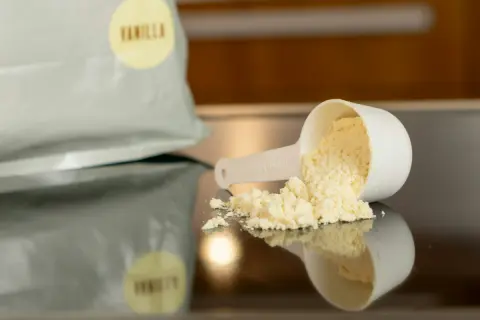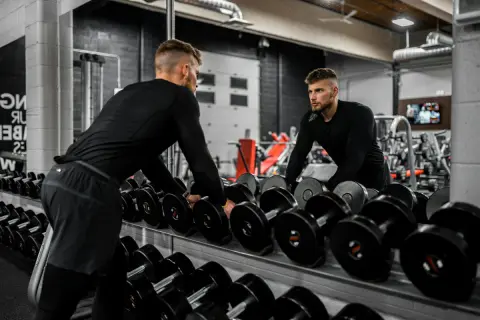 Tuesday, March 25, 2025
Tuesday, March 25, 2025Tendons: Anatomy, Function, and Importance for the Body
Tendons are essential components of the human musculoskeletal system. They connect muscles to bones and transmit muscular force to the skeletal system. In doing so, they enable movement and stabilize joints. Their structure, function, and health significance are often underestimated, despite their central role in the biomechanical integrity of the body.
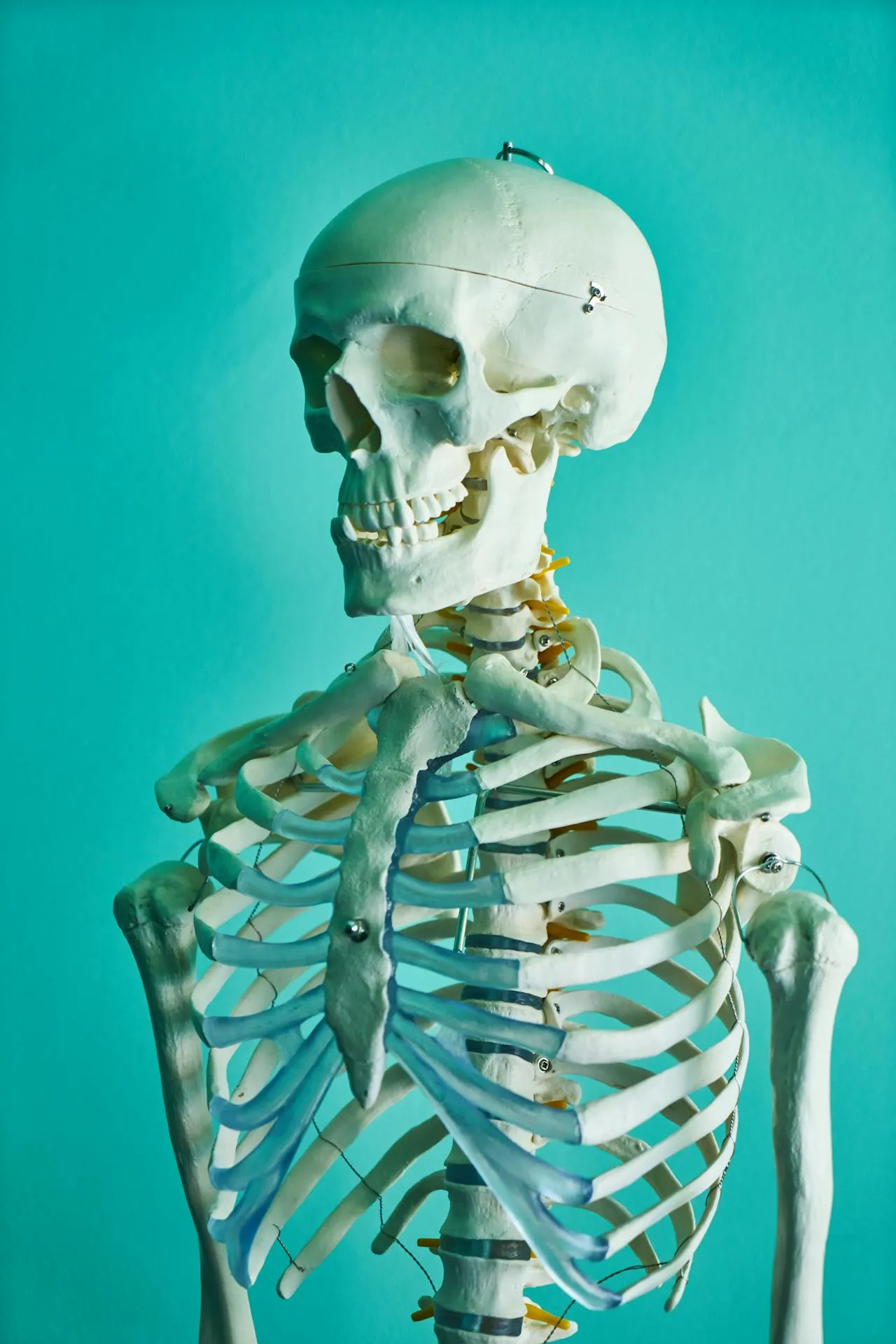
Anatomy and Structure of Tendons
Tendons are composed of dense, parallel-arranged collagenous connective tissue. The main components include:
- Collagen Fibers (Type I): They give tendons their high tensile strength.
- Elastic Fibers: These allow for a certain degree of elasticity.
- Water: Approximately 60-70% of tendon tissue consists of water.
- Proteoglycans: They are important for mechanical properties and water retention.
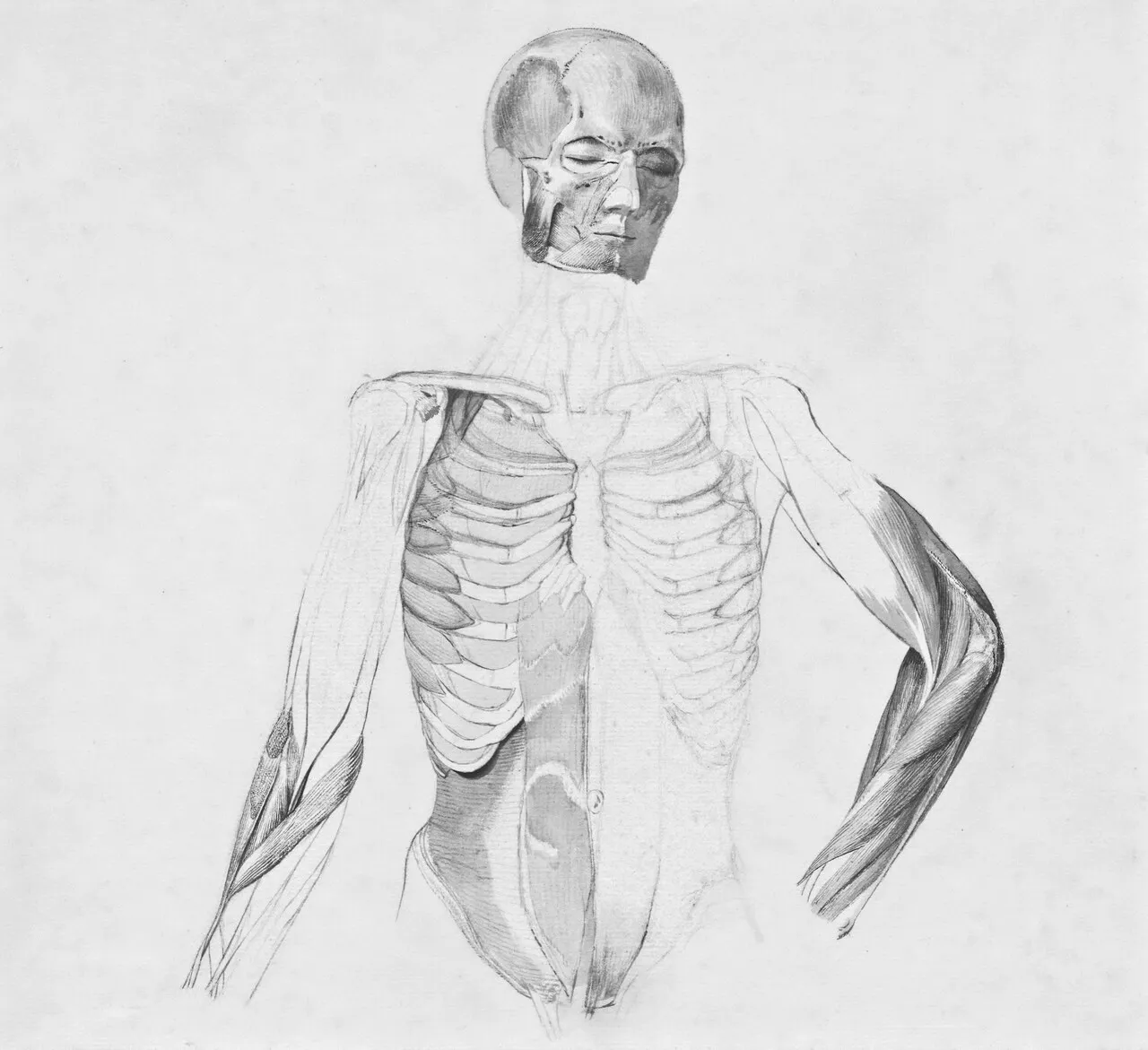
The structure of tendons is hierarchically organized:
- Tropocollagen → 2. Microfibrils → 3. Fibrils → 4. Fascicles → 5. Entire Tendon
This arrangement provides high resistance to tensile forces.
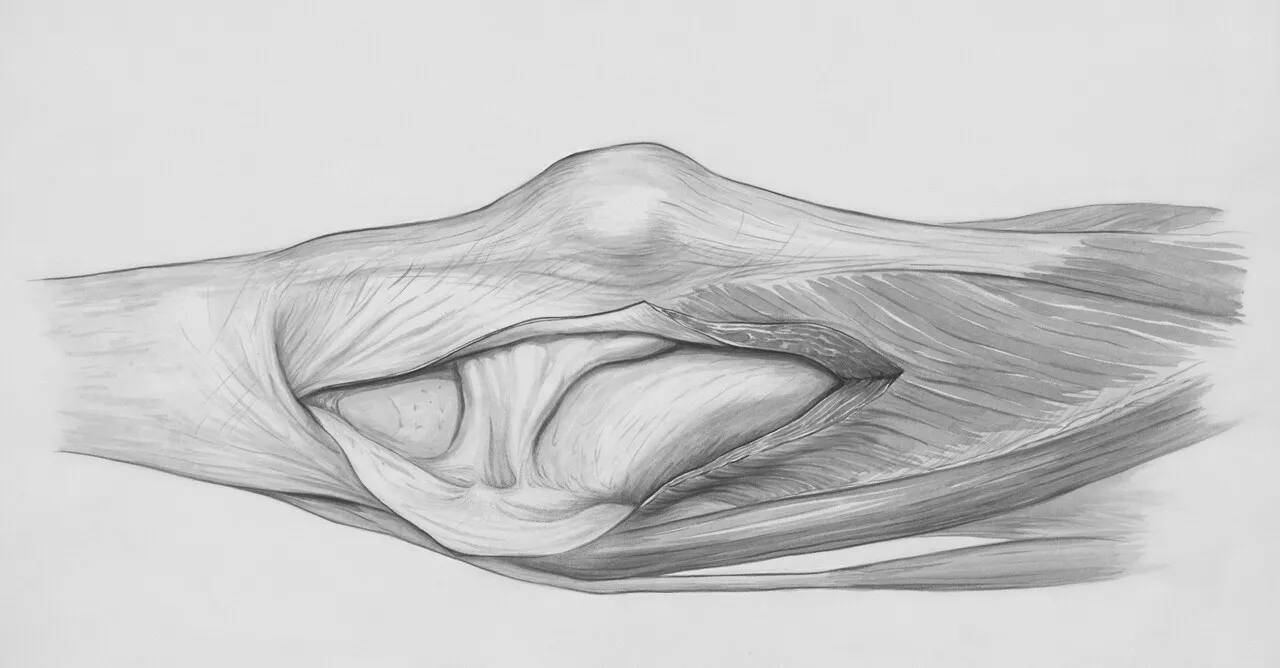
Important Tendons in the Human Body
Tendons are distributed throughout the body, yet some play particularly significant roles:
- Achilles Tendon: The strongest and thickest tendon in the body, it connects the calf muscles to the heel.
- Patellar Tendon: Connects the kneecap to the tibia and is crucial for knee extension.
- Supraspinatus Tendon: Located in the shoulder, it is often susceptible to injuries.
- Biceps Tendon: Connects the biceps muscle to the forearm bone and is essential for arm movements.
- Finger Tendons: Enable finger movement through muscle contraction in the forearm.
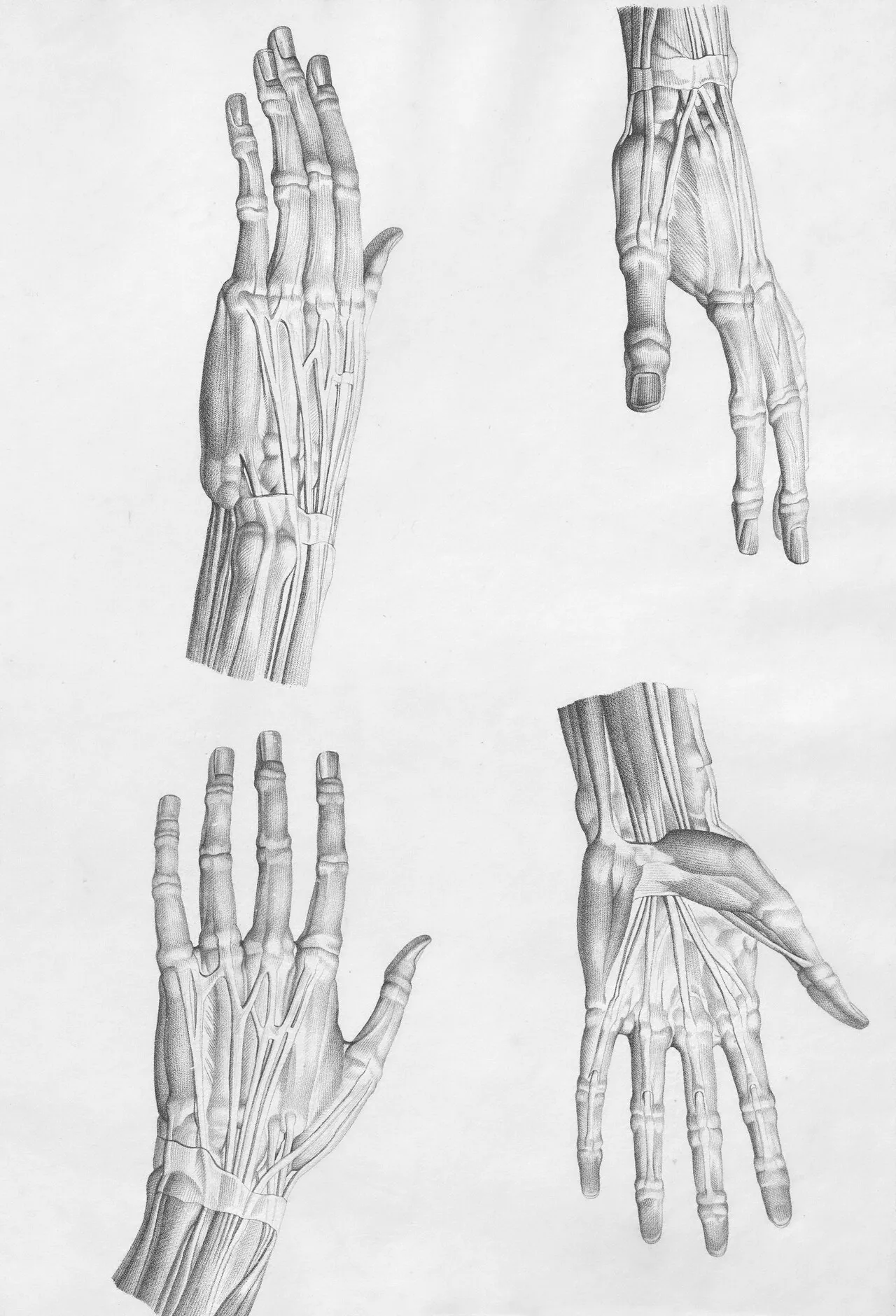
Function and Mechanical Properties
Tendons are mechanically designed to withstand loads without losing their integrity. Their primary functions include:
- Force Transmission: They convey the contraction force of the muscle to the bone.
- Energy Storage and Release: Particularly elastic tendons such as the Achilles tendon can store and release energy to enhance movement efficiency (e.g., during running).
- Joint Stabilization: Tendons help keep joints in the correct position and prevent injuries.

Tendon Injuries and Healing
Due to the high stresses that tendons are subjected to, they can sustain injuries. Typical tendon injuries include:
- Tendinitis (Tendon Inflammation): Acute inflammation due to overload or micro-trauma.
- Tendinosis: Chronic damage from degenerative processes without inflammatory response.
- Tendon Ruptures: Complete or partial ruptures, often requiring surgical intervention.
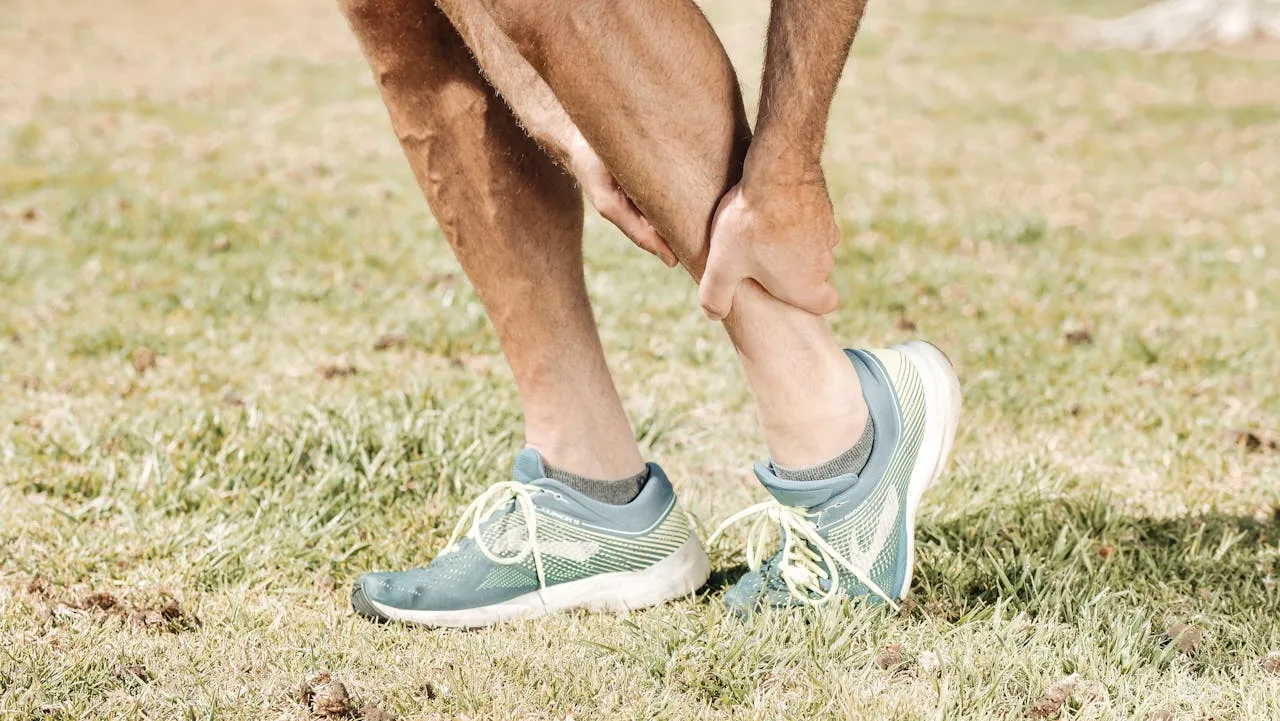
Tendons heal more slowly than other tissues due to their limited blood supply. Therapies include:
- Physiotherapy: Targeted exercises to strengthen the tendon.
- Eccentric Training: Scientifically proven as an effective method for tendon healing (Alfredson Protocol).
- PRP Therapy (Platelet-Rich Plasma): Can support regeneration.
- Surgical Interventions: Often necessary in cases of complete ruptures.
Scientific Insights on Tendons
Studies indicate that tendons can be positively influenced by training and nutrition:
- Collagen Supplementation: A study by Baar (2017) suggests that collagen with vitamin C may enhance tendon regeneration.
- Eccentric Training: Research by Cook & Purdam (2009) shows that eccentric training is one of the best methods for treating tendinopathies.
- Tendon Adaptation: Researchers led by Magnusson et al. (2010) found that tendons become thicker and more resilient through mechanical loading.
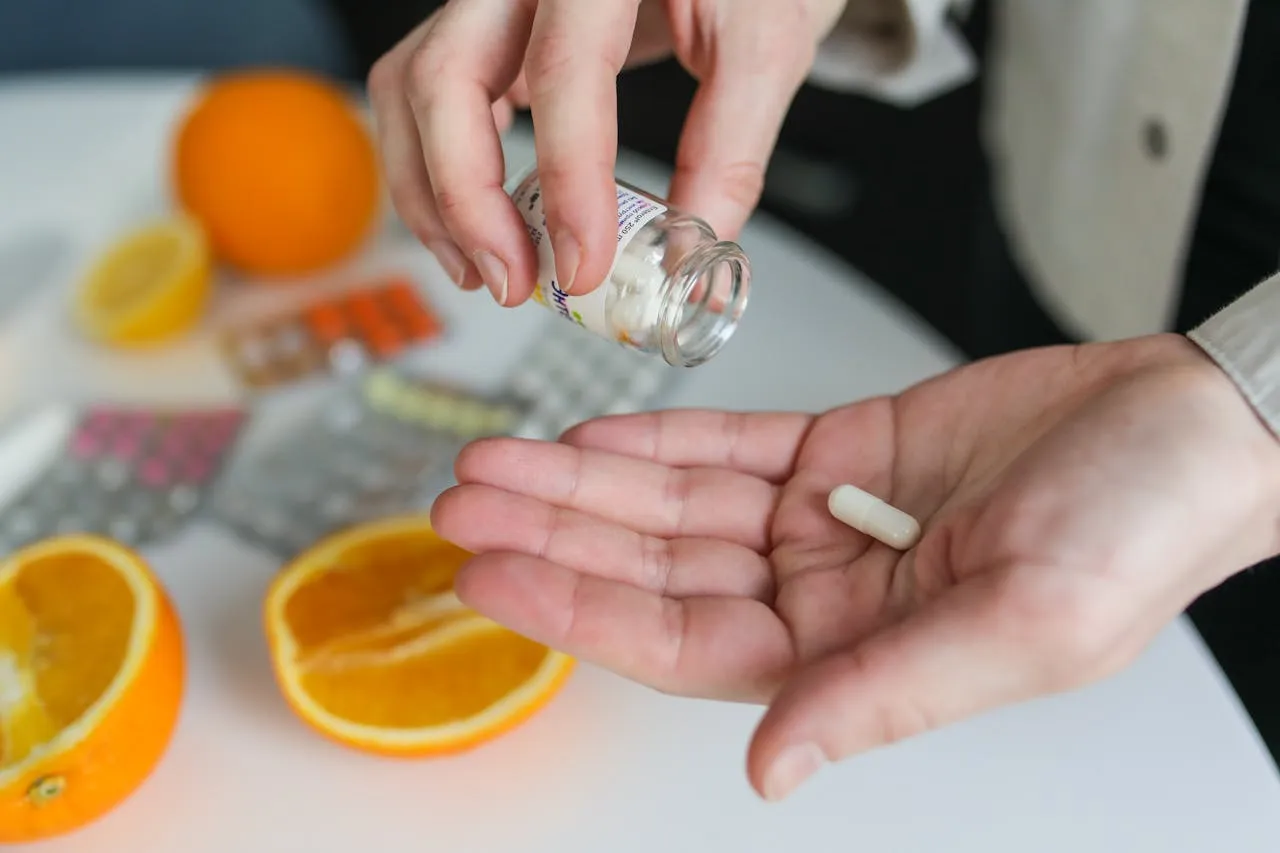
Conclusion
Tendons are indispensable for movement, force transmission, and joint stability. Their complex structure and function make them susceptible to injuries, which can be prevented or treated through targeted training and nutrition. Scientific studies illustrate that both mechanical and dietary factors contribute to tendon health.

